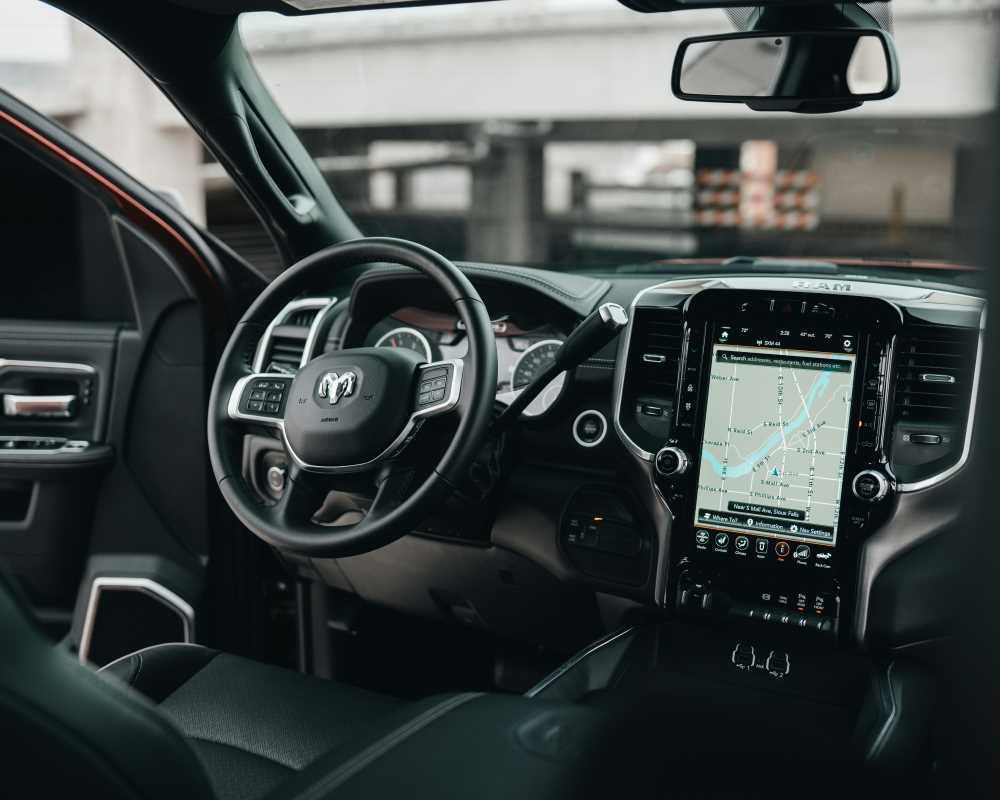Subscription-based vehicle ownership is putting a fresh spin on the way we access and use cars. It's a concept that's part Netflix, part Uber, and with a sprinkle of traditional car leasing. Instead of purchasing or leasing a car outright, consumers pay a monthly fee to use a vehicle—often with perks like insurance, maintenance, and taxes built into the subscription. Think of it as "cars-as-a-service."
While this trend is gaining traction, it's not without its upsides and downsides. If you’re considering swapping car ownership for a subscription service, here's a detailed look at the pros and cons to help you make an informed decision.
The Pros of Subscription-Based Vehicle Ownership
1. Flexibility at Its Finest
One of the biggest advantages of subscription services is unparalleled flexibility. Unlike buying a car—where you're stuck with it for years—or even leasing, which often locks you into multi-year terms, subscriptions offer short-term commitments. This is ideal for people whose needs or preferences frequently change.
For example, you could drive a sleek sedan during the week for your urban commute and swap it out for an SUV on the weekend for that camping trip. Some services even allow for switching models within the same subscription plan, giving you access to a "fleet" of vehicles without the hassle of owning multiple cars.
2. No Maintenance Hassles
Owning a car comes with the hidden costs of maintenance—oil changes, brake replacements, tire rotations, or unexpected repairs. These can quickly add up and leave you frustrated at the most inconvenient times. Subscription services often bundle routine maintenance, repairs, and even roadside assistance into their monthly fees, so you don’t have to worry about surprise garage bills.
Plus, you’re typically driving newer or well-maintained vehicles that are less likely to break down in the first place. This hands-off approach is a lifesaver for busy professionals or those who simply don't enjoy the nitty-gritty of car ownership.
3. Insurance and Taxes? Consider Them Handled
When you subscribe to a car, you’re essentially paying for a package deal. Many subscription services include insurance, taxes, and registration in their pricing. This all-inclusive aspect appeals to those who want to simplify their lives by making one monthly payment that covers everything.
For drivers who dread comparison shopping for insurance or dealing with DMV appointments, this convenience can feel like a major weight lifted off their shoulders.
4. Access to Premium Cars Without Long-Term Obligation
Always dreamed of driving a luxury car but scared to commit? Subscription-based ownership gives you the chance to access premium models without buying one. You can test-drive that Tesla, Jaguar, or Porsche over a few months, then swap it out if your tastes—or needs—change.
This is equally appealing for car enthusiasts who love experiencing new models without the financial burden of constantly trading in owned cars or signing extended leases.
5. Eco-Friendly Options
For those interested in going green, some subscription services focus on offering hybrid and electric vehicles (EVs). EV ownership can be daunting due to concerns about charging infrastructure, range, or even battery degradation over time. A subscription provides the perfect testing ground, allowing you to explore sustainable driving with minimal strings attached.
The Cons of Subscription-Based Vehicle Ownership
1. High Monthly Costs
While subscriptions seem convenient, they often come with a hefty price tag. On average, subscription fees are higher than traditional lease payments or car loans, even when you factor in the included perks like insurance and maintenance.
For example, a standard lease may cost $500 per month, while a comparable subscription program could charge upwards of $1,000 monthly. If you drive only occasionally or live in a city with reliable public transport, subscriptions can feel unnecessarily pricey.
2. No Long-Term Equity
One of the hallmarks of car ownership is the potential to build equity. While cars do depreciate, owning a vehicle outright after paying off a loan allows you to enjoy a tangible asset. With a subscription, you’re essentially paying for access without accumulation—once your subscription ends, you’re left with nothing to show for it.
This lack of ownership might deter those who see vehicles as investments (even depreciating ones) or who value the sense of control that comes with owning their own ride.
3. Limited Coverage Areas
Subscription-based vehicle services are still a growing market, and availability can be spotty depending on where you live. Many offerings are currently concentrated in major cities or more densely populated areas, leaving rural and suburban drivers out of luck.
If you’re outside the coverage area, your closest subscription options might require considerable travel just to pick up or service your car. Similarly, those who frequently drive across state lines or internationally may find subscriptions restrictive due to territory-specific rules.
4. Mileage Caps and Restrictions
If you’re a road warrior who loves racking up miles on cross-country trips, subscriptions might not be for you. Many services impose mileage caps, such as 1,000 or 1,200 miles per month. Exceeding these can result in hefty fees, which may make road-tripping more stressful than freeing.
Additionally, some businesses may restrict certain kinds of vehicle use, such as rideshare driving or heavy off-roading. Depending on your lifestyle, these limitations could feel like unwelcome hurdles.
5. Fewer Customization Options
Drivers who dream of adding a personalized touch, from custom paint jobs to specific audio systems, might find subscriptions limiting. Unlike ownership, where you're free to deck out your car as you please, subscription vehicles must remain in their original condition.
If customization is your jam, not being able to make someone say "wow" about your pimped-out wheels might feel like a dealbreaker.
6. Potential Wait Lists or Lack of Availability
Since subscription services often cater to niche groups or have limited fleets, users sometimes face frustrating delays when trying to get the vehicle they want. You might want that shiny convertible for a summer road trip, but if it’s already reserved by another subscriber, you’ll need a backup plan—or a different car.
Who Should Consider Car Subscriptions?
Subscription-based vehicle ownership isn’t for everyone, but it does appeal to specific lifestyles:
- City Dwellers who don’t rely on a car every day but need it occasionally for weekend trips, errands, or vacations.
- Frequent Travelers who prefer driving newer vehicles for business or leisure without the commitment or costs of owning.
- Tech Enthusiasts and car lovers who want access to the latest vehicles without long-term attachments.
- Busy Professionals who value simplified transactions—one payment for a fully managed vehicle experience.
- Indecisive Shoppers who like switching cars or trying new models before committing to a purchase.
On the flip side, car subscriptions might not be cost-effective or practical for commuters, high-mileage drivers, or those who prioritize building long-term value through ownership.
If you view cars as purely functional, need a fixed monthly budget, or love the idea of trying new models with zero strings attached, subscriptions might be the perfect solution. But for those who drive frequently or value equity, traditional ownership or leasing remains the more suitable option.
At the end of the day, what matters most is finding a vehicle solution that fits your lifestyle and budget. Whether you commit to a subscription or stick with the tried-and-true methods, the road ahead is yours to explore—just make sure it’s in a car that suits your needs.
 (Image via
(Image via





